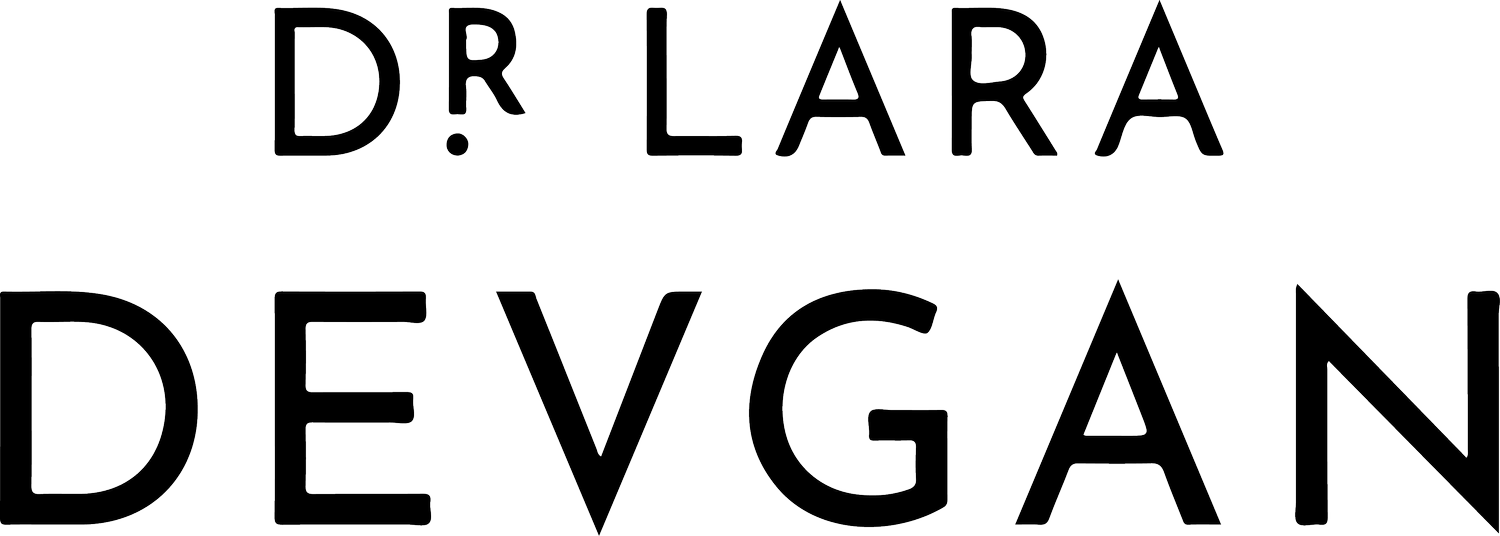Actual patient of Dr. Devgan, before and after facelift
Actual patient of Dr. Devgan, before and after necklift
Facelift and necklift are my favorite, signature operations in my New York City plastic surgery private practice. While facelift and necklift are life-changing procedures with an extremely high degree of patient satisfaction, they are also a complex topic. This was an invited article for online physician magazine Healio.com about my systematic approach to facelift and necklift. The intended audience is medically oriented, so some portions of this article are more technical. -Dr. Devgan
A Systematic Approach to Natural Facelift & Necklift Results
by Lara Devgan, MD
As we age, our faces and necks begin to show it: tissues descend, skin becomes more lax, and the characteristic volume and shape of youth morphs into something else entirely.
Characteristics of a Youthful Face
In plastic surgery, we think of a young, attractive face as embodying the "inverted cone of youth," meaning that it has a heart-shaped appearance. The cheekbones are full, the jawline is sleek, and the chin comes to a soft point. There is a softness to the contours of a young face, as well. The lid-cheek junction underneath the eyes is smooth. The lips are plump. The cheeks form a gentle S-curve when viewed in three-quarters view.
Changes Related to Aging
Over time, typically in the fourth or fifth decade of life, the "inverted cone of youth" becomes more of a square. The face loses its upper volume and begins to develop jowls, thickness around the jawline, and laxity in the neck. The lid-cheek junction becomes more pronounced and under-eye circles look hollow and puffy, while upper eyelid skin becomes more droopy. The lips become thin and atrophic. The profile changes as the elegant angles of the neck become more obtuse.
Surgical Goals of a Facelift/ Necklift Operation
The overarching purpose of the facelift and necklift is to restore the conformation, skin, and volume of an aging face. Surgically, this means that each one of these components must be addressed separately.
In previous eras, the facelift was an operation all about pulling tissues to a tight, taut, wrinkle-free position. In the modern era of plastic surgery, we think of the face and neck according to these composite parts.
Step 1: Addressing Facial and Neck Conformation
The key to improving the conformation, or shape, of an aging face and neck is in the muscular substructure of these areas. The SMAS (superficial muscular aponeurotic system) in the face and the platysma in the neck are responsible for the strength layer that holds the tissues where they are supposed to be. It is mandatory to address the SMAS and platysma in some manner in order to achieve durable facelift and necklift results. This can be accomplished via resection and plication or plication alone in patients with atrophic or thin faces.
Step 2: Addressing Skin Changes
Once the substructure of the face and neck has been tightened, the skin is gently redraped in order to determine the extent of skin redundancy that remains. It is important not to pull or yank the skin back in an effort to smooth out all wrinkles and pleats in the skin: that is what creates the artificial, pulled, wind-blown look associated with the 1980s and 1990s. A gentle redraping of the skin will allow excision of excess tissue, without putting tension on the incision lines, and without creating a overly "done" appearance.
Step 3: Addressing Volume Loss
The most important change in facelifting techniques in the past decade is the wide acceptance of fat grafting or injectable filler as a needed adjunctive procedure. The areas of the face that experience volume loss-- the cheeks, the tear troughs, the nasolabial folds, and deep facial rhytids throughout-- require augmentation in order to restore the appearance of a youthful face. Fat grafting is a durable, reliable technique for accomplishing this goal. For those who prefer a more controlled, though temporary, approach, hyaluronic acid based fillers like Juvederm, Voluma, and Restylane are good options.
Putting It All Together
Every plastic surgical procedure must, of course, be individualized to the particular patient's anatomic situation and aesthetic concerns. When rejuvenating the face and neck, it is important to evaluate aging of the eyes, brow, and lips, as well as the quality of the skin overall, as these factors will make a measurable impact on the impression of an aging face. In my New York City based practice, it is common for patients to require a combination of procedures to address facial aging. When the patient's health status and the operation's anticipated anesthesia time allow, a combination procedure can yield extremely high patient satisfaction and beautiful, durable results.
For questions about this article, please contact Devgan via www.LaraDevganMD.com.















